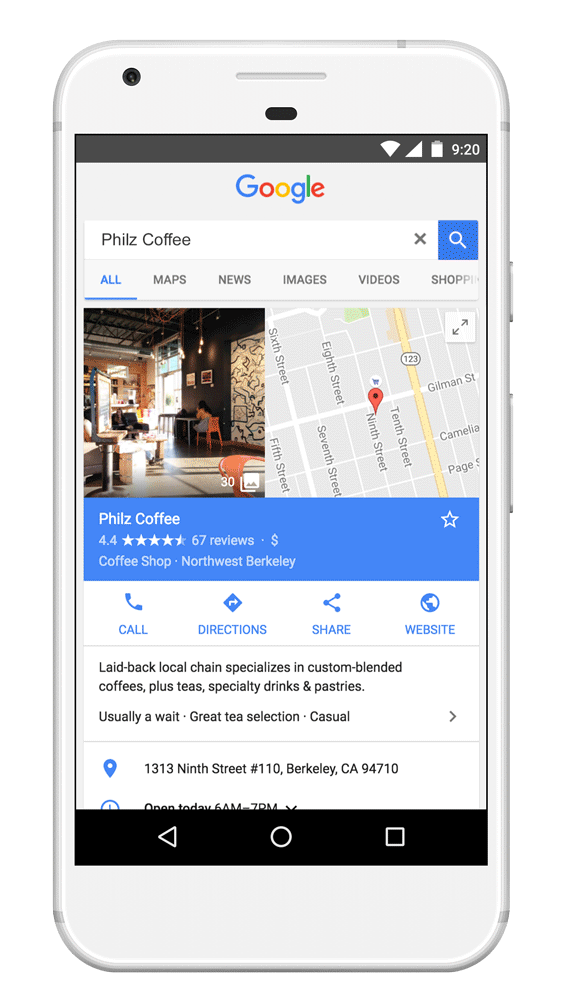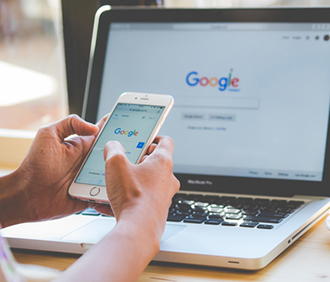Last July, Google rolled out their “popular times” feature and made it easier to for customers to see what were the busiest and slowest hours for many popular businesses. This helped make it easier for customers to avoid lines, get their products quicker, or show up whenever the business was really buzzing.
The drawback, however, was that sometimes Google had it wrong. Maybe Friday nights from 8-9 were usually really slow at a particular restaurant, but today, there was a forty-five-minute wait. Perhaps it went the other way. Party goers would arrive at a lounge during a time that was supposed to be energetic and busy, but found only crickets and lonely bartender.
This inconsistency created the opportunity for there to be a bad experience for either the business or the customer, as nothing is quite as perilous as a customer whose expectations weren’t met appropriately. Don’t believe me? Just check out Yelp and browse through any business that has ever offered a Groupon or LivingSocial. You’ll likely find plenty of examples of situations in which a customer’s expectations – whether justified or not – were not adequately met.
In an effort to curtail this problematic dilemma, Google has rolled out a new program to update those “popular time” hours in real-time.
How Does It Work?
Generally speaking, this new feature operates much like the old feature. There’s still a bar graph in the Google Business listing that shows how busy the venue typically is. The main difference is that now, as suggested in the image below, is there’s now a red bar that signifies the current time hour and asks for user feedback about whether it’s correct or not.

This allows users to get real-time feedback about how hectic and how busy a particular business is at any given moment. Want to space out your afternoon rush of customers? This could be the perfect solution. Want to draw in more clientele when your business is filled with customers and energy? This new update is your golden ticket.
Additionally, Google has rolled out a feature that allows businesses to list hours by service or department. Think, for example, your local car dealership. The sales department will be open from 8 am until 9 pm, but the service department closes at 7 pm. Now, you can list different hours for different parts of the same business within the same Google Business Listing.
How Will This Impact My Business?
The bottom line with anything new that Google rolls out is the age-old digital marketing question: how do I leverage this new feature or data into more customers and more money?
While simply having the ability to see when your business is busiest may not directly lead to more customers, there are some strategies that you can implement that would allow your venue to capitalize on this new information.
For example, let’s say you run a business that offers a happy hour special from 5-7. Being able to broadcast how busy that rush after work is can be a boost to other interested customers, whom may have thought your business wouldn’t pick up until later. Running a time-specific promotion or special could help increase your “popularity” online for that time slot and help drum up additional interest.
Whether you’re looking to broadcast how popular your storefront is or looking to grab attention for a slower time of the day, the possibilities for how to leverage this feature are myriad. Contact our team at Citywide SEO today to look further into these types of options and explore how these Google updates can help grow your business!

